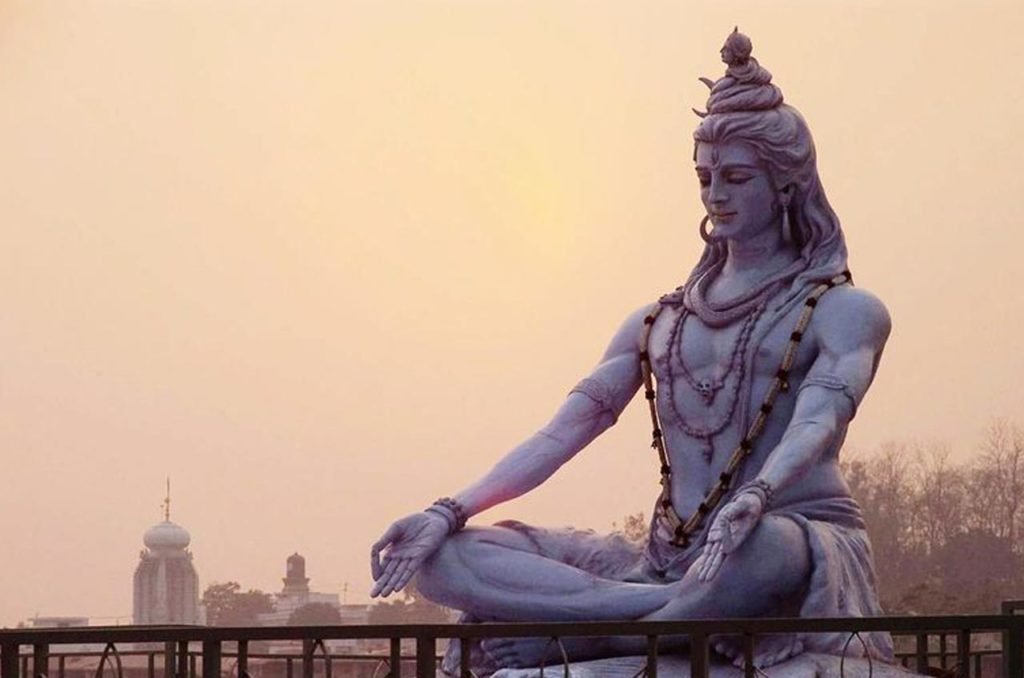Know about the magnificent Hindu Temples and its mysteries which even the scientists weren’t able to decode. International mafias were involved to destroy it but they couldn’t make it happen.
India is a land of culture and traditions. It is well known for its Hindu temples. Our culture and history includes many such mysterious temples that one would be amazed of. Indian temples lying in the different regions of nation are filled with so many such mysteries that even scientists after researching for many years are not able to decode them.
In this article I am writing about some of the unusual temples exhibiting mysteries.
Jwala Ji Temple
Jwala Ji Temple is located in the lower Himalayan town of Jawalamukhi in Kangra district of Himachal Pradesh. The temple is popular among the followers because of the Jwala, which is burning continuously since 100 years
Karni Mata Temple
Karni Mata Temple is located in a small town of DeshNok in Rajasthan. The temple is dedicated to Karni Mata, incarnation of Goddess Durga.
This temple is also known as Rat Temple because the temple houses thousands of rats that are fed, protected and worshipped.
It is said that when the Goddess youngest son drowned, she asked Yamraj to bring him back to life. But when Yamraj denied her request, she herself brought her son back to life and proclaimed that none of her family members would die and they would in fact incarnate in the form of rats. A glimpse of white rats (believed to be manifestations of Karni Mata herself and her four sons) is considered auspicious and fruitful.
Sabarimala Ayyappa Temple
The Sabarimala temple is a temple complex located at Sabarimala inside forest in Pathanamthitta district, Keral. It is the site of the largest annual pilgrimage in the world with an estimate of between 17 million and 50 million devotees visiting every year. The temple is dedicated to the Hindu celibate deity Ayyappan also known as Dharma Sastha, who according to belief is the son of Shiva and Mohini, the feminine incarnation of Vishnu.
The traditions of Sabarimala are a confluence of Shaivism, Shaktism, Vaishnavism, and other Śramaṇa traditions.
While functional and intact temples exist at many places in the surrounding areas like Nilakkal, Kalaketty, and Karimala, remnants of old temples survive to this day on remaining hills.
The temple is open for worship only during the days of Mandalapooja (approximately 15 November to 26 December), Makaravilakku or “Makara Sankranti” (14 January) and Maha Vishuva Sankranti (14 April), and the first five days of each Malayalam month.
Virupaksha Temple
Virupaksha temple is located in Hampi. Temple is noted for its architecture and has been listed among the UNESCO World Heritage Sites. The temple is dedicated to Lord Shiva, as the consort of the local goddess Pampa who is associated with the Tungabadra River. Virupaksha is an avatar of Lord Shiva, and among all the surrounding ruins, this temple is intact and is still in use. It is believed that this temple has been functioning uninterruptedly ever since the small shrine was built in the 7th century AD which makes it one of the oldest functioning Hindu temples in India.
Lepakshi Temple
The small historical village of Lepakshi is home to many ancient relics and architectural marvels. One of them is the Hanging Pillar of the Lepakshi temple. There are around 70 pillars of the temple but out of that one hangs without any support. Visitors pass objects under the pillar to check if the claim is true. According to locals, passing objects under the pillar brings prosperity to one’s life.
Shani Shinganapur
Shani Shinganapur or Shingnapur or Sonai is a village in the Indian state of Maharashtra. Situated in Nevasa taluka in Ahmednagar district, the village is known for its popular temple of Shani, the Hindu god associated with the planet (graha) Saturn. The uniqueness of this small village is that none of the houses in this village has doors for safety. The people here believe that it is the blessing of the god that no crime ever happens in this village.
Pamban Rameshwaram Temple
Rameshwaram Pamban Temple is situated on Pamban Island and is separated from the Indian mainland by the Pamban Channel.It is believed that Lord Rama have built bridge across Lanka to rescue Sita from this place.Stones used to build the bridge had Lord Rama’s name engraved on them and they never sank in water. The curious fact is that such ‘floating stones’ are still found around Rameshwaram
Photo credits: ThoughtCo


